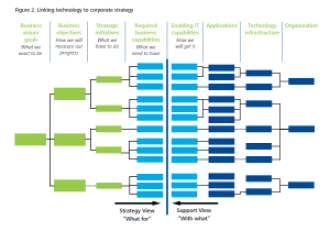 Innovation should be the primary source of real change. Often when exciting new innovations occur they have the power to significantly change our habits, and choice of product, preferences and ways we set about our daily lives.
Innovation should be the primary source of real change. Often when exciting new innovations occur they have the power to significantly change our habits, and choice of product, preferences and ways we set about our daily lives.
Yet why is it we often ignore the power of change when we design innovation?
We often fail to fully appreciate the changes that are occurring from the innovation we produce, it often seems an afterthought, there is this lead and lag effect and needs, firstly recognition and then addressing in how we manage innovation going forward.
In a recent series introduced initially and given a feature of the week prime spot on www.innovationexcellence.com on June 7, 2015, we discussed the importance of the emerging interplays.
This series will be re-produced here as it is an important concept to consider all the aspects within any innovation interplay.








